Published on 16.12.2022 | Last updated on 26.09.2024
In the DASCE project, Magister further developed the C-DReAM simulator towards 5G NTN direct access.
There are hundreds and thousands of LEO satellites in orbit to meet the increasing demands of satellite communications. To overcome the design issues that have emerged along with this development, Magister Solutions collaborated again with the European Space Agency in the DASCE project.
DASCE was a continuation of the C-DReAM project. The project was kicked off in September 2022, and completed in May 2023. The goal was to further develop the simulator we created with Thales Alenia Space France in C-DReAM.
5G Non-Terrestrial Networks (NTN) were standardized by 3GPP in Release 17. One of its most innovative use cases is providing the potential for fully integrating terrestrial networks with NTN 5G networks that target direct-to-handheld services, i.e. mobile devices.
“Even though 5G NTNs are now standardized, there are numerous open design factors that affect system capacity and end user performance”, explained Jani Puttonen, the former CEO of Magister Solutions.
“For instance, the number of satellites, their orbits, antenna assumptions, satellite payload capabilities, resource allocation optimization, and assumptions about the terminals must all be taken into account. This calls for flexible simulation tools.”
The goal: Demonstrating 5G NTN direct access at the ESTEC 5G/6G Hub
The objective of DASCE was to further develop the C-DReAM simulator towards one the most interesting and striking use cases of the future. It targeted 5G NTN direct access, where direct-to-handheld is included.
The enhanced simulator developed in DASCE was not only intended to be used to study different design factors affecting satellite network capacity. The plan was to also use it for demonstrating the expected performance of the 5G NTN direct-to-handheld service over an NGSO constellation.
“C-DReAM is primarily a capacity level system simulator for NGSO constellations, but it’s implemented in such a flexible and modular way, it can be configured for a range of SatCom use cases”, Puttonen pointed out.
Stefano Cioni is a Telecommunication Systems Engineer at the European Space Agency, and the technical officer of the DASCE project. According to him, C-DReAM is an enhanced software tool that is meant to evaluate NGSO satellites’ direct access to 5G. It then displays these results on a specially designed Graphical User Interface.
Using C-DReAM as the initial technical baseline, DASCE had three goals:
- To develop the simulator further, we will continue to develop and introduce new features, e.g., Ka-band and VSAT user terminals.
- To enhance visualization, we will improve the ways in which the simulator results are graphically displayed, using detailed animations.
- To demo the simulator at the ESTEC 5G/6G Hub
“The 5G/6G Hub at the European Space Research and Technology Centre (ESTEC) will consist of an Engineering Lab that hosts equipment and a demo room to showcase state-of-the-art 5G projects realized with ESA partners”, Cioni explained.
“For Magister, this is a great opportunity to demonstrate both our simulation services and competence in 5G/SatCom technology”, Puttonen expressed.
Magister SimLab was chosen as the system for the demo and visualizations of the DASCE project. It was used for demonstrating the enhanced simulator.




